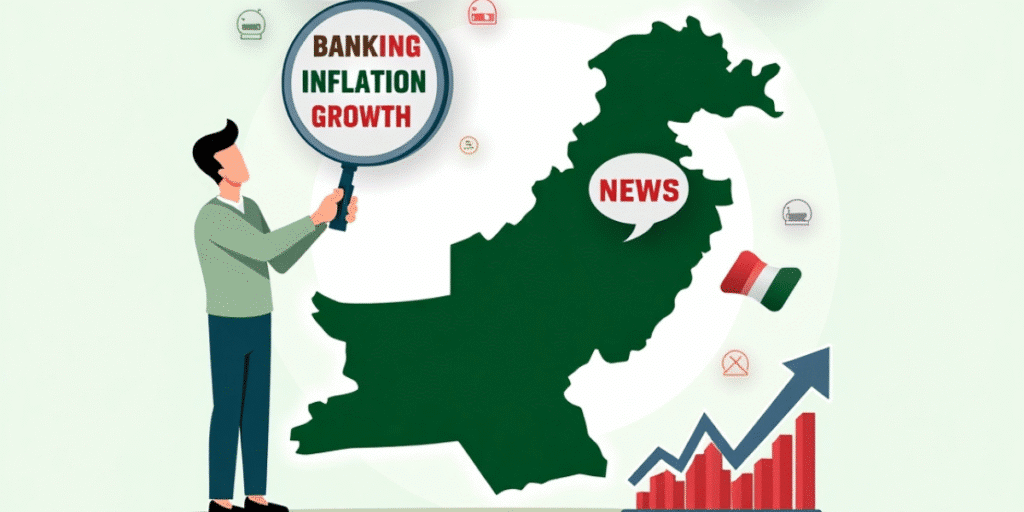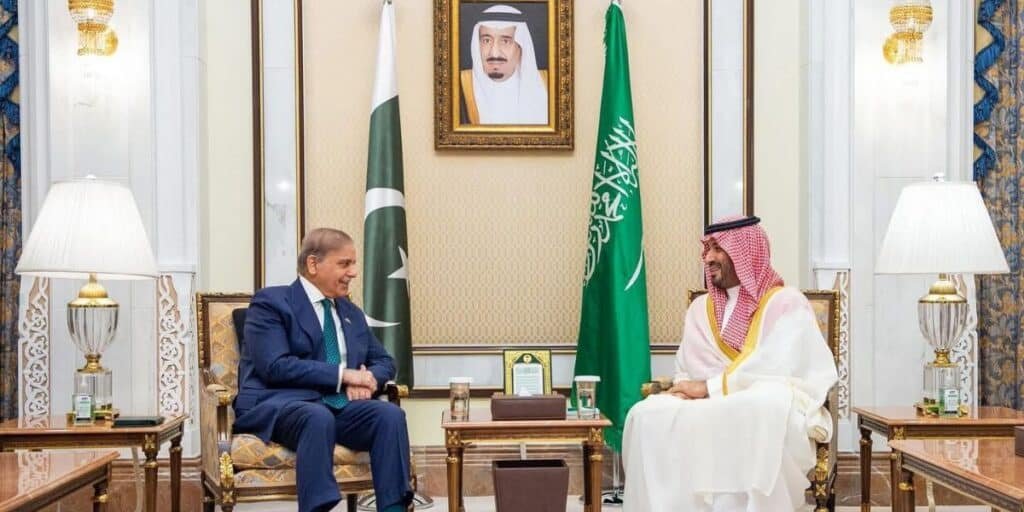Steel plays a crucial role in Pakistan’s construction and manufacturing sectors. It’s used extensively in building infrastructure, homes, and in the production of machinery. In July 2025, the steel market in Pakistan has experienced noticeable price fluctuations due to a combination of local and international factors. In this blog, we’ll provide the latest update on steel rates, discuss the key factors driving these changes, and explore their impact on Pakistan’s economy.
Current Steel Rates in Pakistan (July 2025)
As of July 2025, steel rates in Pakistan vary based on the grade, brand, and location. The price for different grades of steel is as follows:
- Grade 40 Steel: The price ranges from PKR 242 to PKR 265 per kg. Well-known brands like Five Star Steel, AF Steel, and Mughal Steel are offering competitive rates around PKR 242 to PKR 246 per kg.
- Grade 60 Steel: For Grade 60, prices range from PKR 244 to PKR 278 per kg. Leading manufacturers such as Agha Steel and AF Steel are selling steel at rates of approximately PKR 244 to PKR 249 per kg.
While these are the national averages, prices can vary from one city to another. In major cities like Karachi, Lahore, Islamabad, and Faisalabad, the price generally ranges from PKR 232 to PKR 265 per kg, depending on the brand and supply-demand conditions in each region.
Factors Influencing Steel Rates in Pakistan
Steel rates in Pakistan do not remain constant; they fluctuate frequently due to a variety of factors, both global and local.
Raw Material Costs
The cost of steel is heavily influenced by the price of its raw materials, such as iron ore, coal, and scrap metal. These materials are globally traded, and any increase in their costs directly affects the price of steel. With Pakistan being a major importer of raw materials, any price hikes in the global market result in higher local steel rates.
Energy Prices
Steel production is energy-intensive, and the cost of electricity and gas has a direct impact on the overall cost of steel production. Increases in energy tariffs in Pakistan can raise production costs, which in turn leads to higher prices for consumers.
Currency Exchange Rates
The value of the Pakistani Rupee against international currencies, especially the US Dollar, plays a significant role in steel pricing. Since Pakistan imports a large portion of its raw materials, any devaluation of the Rupee makes these imports more expensive. This devaluation directly contributes to an increase in steel rates.
Government Policies
The Pakistani government has a strong influence on steel rates through various policies, including import duties, tariffs, and subsidies. For instance, the government may impose higher customs duties on imported steel, which increases the cost for local manufacturers. Conversely, subsidies on domestic production may help stabilize prices. Trade agreements and anti-dumping measures also impact how steel rates fluctuate in the local market.
Global Market Conditions
Steel is a globally traded commodity, and its price is largely determined by the demand and supply dynamics in the international market. Countries like China, the US, and the European Union have a significant influence on global steel prices. Changes in the economic conditions of these regions, such as economic growth or recession, can lead to price increases or decreases in steel globally, which ultimately affects Pakistan.
Local Demand and Supply
In Pakistan, the demand for steel is driven by the construction, infrastructure, and manufacturing sectors. Major projects such as the China-Pakistan Economic Corridor (CPEC) and real estate developments continue to fuel high demand for steel. This consistent demand, coupled with supply chain constraints, often leads to price hikes. When demand outpaces supply, steel manufacturers may raise prices to balance the market.
Impact of Steel Rates on Pakistan’s Economy
The fluctuations in steel prices significantly impact Pakistan’s economy, especially in sectors like construction and manufacturing. Higher steel prices can lead to increased costs for construction projects, making them more expensive for developers and homebuyers alike. This, in turn, can contribute to inflation as the cost of building materials rises.
Moreover, rising steel rates can deter investors from entering the market, as they face higher risks due to price uncertainty. Local businesses may also struggle to remain competitive if they cannot keep up with global steel prices, which may affect employment in sectors like construction and manufacturing.
How to Navigate Fluctuating Steel Prices
For consumers and builders looking to manage the fluctuating prices, there are a few strategies they can consider. Staying informed about market trends and regularly checking for updates from reliable sources is essential. For those involved in large projects, purchasing steel in bulk during periods of lower prices can help save costs in the long term. Additionally, it is vital to ensure that the steel being purchased meets the required quality standards to avoid complications during construction.
Key Takeaways
- Global factors like raw material prices, energy costs, and currency fluctuations drive local steel prices in Pakistan.
- Government policies and local demand from major projects influence price changes.
- Frequent price updates in the steel market require stakeholders to remain proactive and informed to make well-timed decisions.
Conclusion
The steel market in Pakistan continues to experience fluctuations as of July 2025, influenced by both local and international factors. Understanding the factors driving these changes—such as raw material costs, energy prices, and government policies—can help consumers and businesses make better purchasing decisions. As the construction and manufacturing sectors continue to play a vital role in Pakistan’s economic development, staying informed about steel prices is essential for minimizing costs and making effective investment choices.
By keeping a close eye on the market and understanding the broader economic and political trends, stakeholders can better navigate the ever-changing landscape of steel prices in Pakistan.






